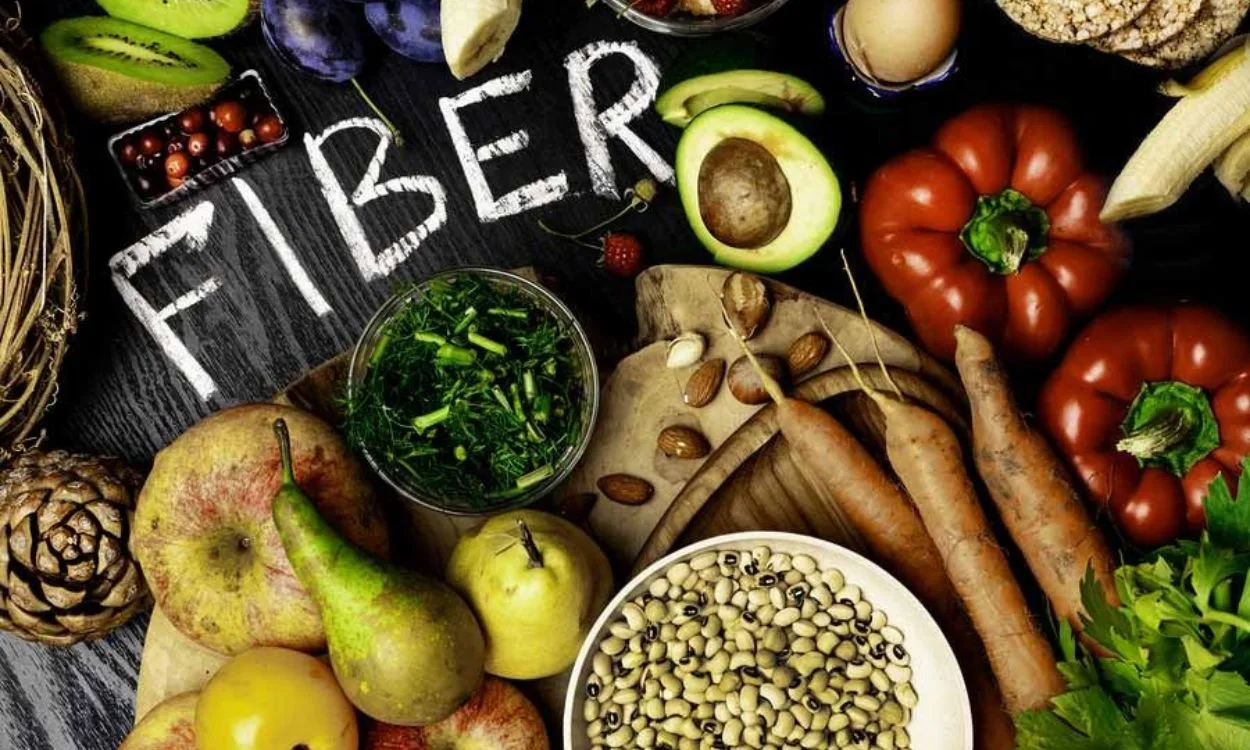What are the effects of dietary fiber on cholesterol levels?
Introduction
Dietary fiber has long been recognized as an important component of a healthy diet. Not only does it aid in digestion and promote bowel regularity, but it also offers numerous benefits for maintaining optimal cholesterol levels. In this article, we will explore the effects of dietary fiber on cholesterol levels and how incorporating fiber-rich foods into your diet can help you achieve a healthier lipid profile.
Understanding Cholesterol
Before delving into the effects of dietary fiber, it’s important to have a basic understanding of cholesterol. Cholesterol is a waxy, fat-like substance that is produced by the liver and also obtained from certain foods. It plays a crucial role in the body, as it is used to build cell membranes, produce hormones, and aid in the digestion of fat. However, excessive levels of cholesterol in the blood can lead to the formation of plaque in the arteries, increasing the risk of heart disease and stroke.
Types of Cholesterol
There are two main types of cholesterol: low-density lipoprotein (LDL) cholesterol, often referred to as “bad” cholesterol, and high-density lipoprotein (HDL) cholesterol, known as “good” cholesterol. LDL cholesterol transports cholesterol from the liver to the cells, while HDL cholesterol helps remove excess cholesterol from the bloodstream and carries it back to the liver for disposal.
The Role of Dietary Fiber
Dietary fiber, also known as roughage, is the indigestible part of plant foods. It is found in fruits, vegetables, whole grains, legumes, and nuts. There are two main types of dietary fiber: soluble fiber and insoluble fiber. Soluble fiber dissolves in water and forms a gel-like substance in the digestive tract, while insoluble fiber adds bulk to the stool and promotes regular bowel movements.
Effects of Soluble Fiber on Cholesterol Levels
Soluble fiber has been shown to have a significant impact on cholesterol levels, particularly LDL cholesterol. When consumed, soluble fiber binds with bile acids in the small intestine, preventing their reabsorption into the bloodstream. As a result, the liver needs to produce more bile acids, which requires it to use up more cholesterol. This leads to a reduction in LDL cholesterol levels.
Sources of Soluble Fiber
There are several excellent sources of soluble fiber that can help lower cholesterol levels. These include:
- Oats: Oats are rich in beta-glucan, a type of soluble fiber that has been extensively studied for its cholesterol-lowering effects.
- Barley: Barley is another grain that is high in beta-glucan and can help reduce LDL cholesterol levels.
- Legumes: Beans, lentils, and chickpeas are all excellent sources of soluble fiber.
- Fruits: Apples, strawberries, oranges, and pears are examples of fruits that are high in soluble fiber.
- Vegetables: Brussels sprouts, carrots, and sweet potatoes are among the vegetables that are rich in soluble fiber.
Effects of Insoluble Fiber on Cholesterol Levels
While soluble fiber is primarily responsible for reducing LDL cholesterol levels, insoluble fiber also plays a role in maintaining heart health. Insoluble fiber promotes regular bowel movements and prevents constipation, which indirectly contributes to healthy cholesterol levels. When waste moves through the digestive system efficiently, the body has less time to absorb cholesterol from the food.
Sources of Insoluble Fiber
To increase your intake of insoluble fiber, consider incorporating the following foods into your diet:
- Whole grains: Brown rice, whole wheat bread, and quinoa are all excellent sources of insoluble fiber.
- Nuts and seeds: Almonds, walnuts, flaxseeds, and chia seeds are all high in insoluble fiber.
- Vegetables: Broccoli, cauliflower, and green leafy vegetables are examples of vegetables that provide a good amount of insoluble fiber.
Conclusion
Incorporating dietary fiber into your daily diet is an effective way to maintain healthy cholesterol levels. Soluble fiber, in particular, has been shown to lower LDL cholesterol, while insoluble fiber promotes regular bowel movements and overall digestive health. By including a variety of fiber-rich foods in your meals, such as oats, legumes, fruits, and vegetables, you can make significant strides in improving your cholesterol profile and reducing your risk of heart disease.
Now that you have a better understanding of the effects of dietary fiber on cholesterol levels, it’s time to take action towards achieving your health and fitness goals. Download the Fitpaa app today to access a personalized fitness plan that includes a sustainable diet plan, workout routines, and expert guidance. Fitpaa’s holistic approach to health and wellness, coupled with the power of technology, can help you stay on track and achieve the results you desire. Don’t wait any longer – join the Fitpaa community and embark on your journey towards a healthier, happier you.
Note: Fitpaa is a leading health and fitness app that offers personalized fitness plans and expert guidance. While this article focuses on the effects of dietary fiber on cholesterol levels, Fitpaa can provide you with a comprehensive approach to achieving your health and fitness goals. Download the Fitpaa app today and start your transformation!









